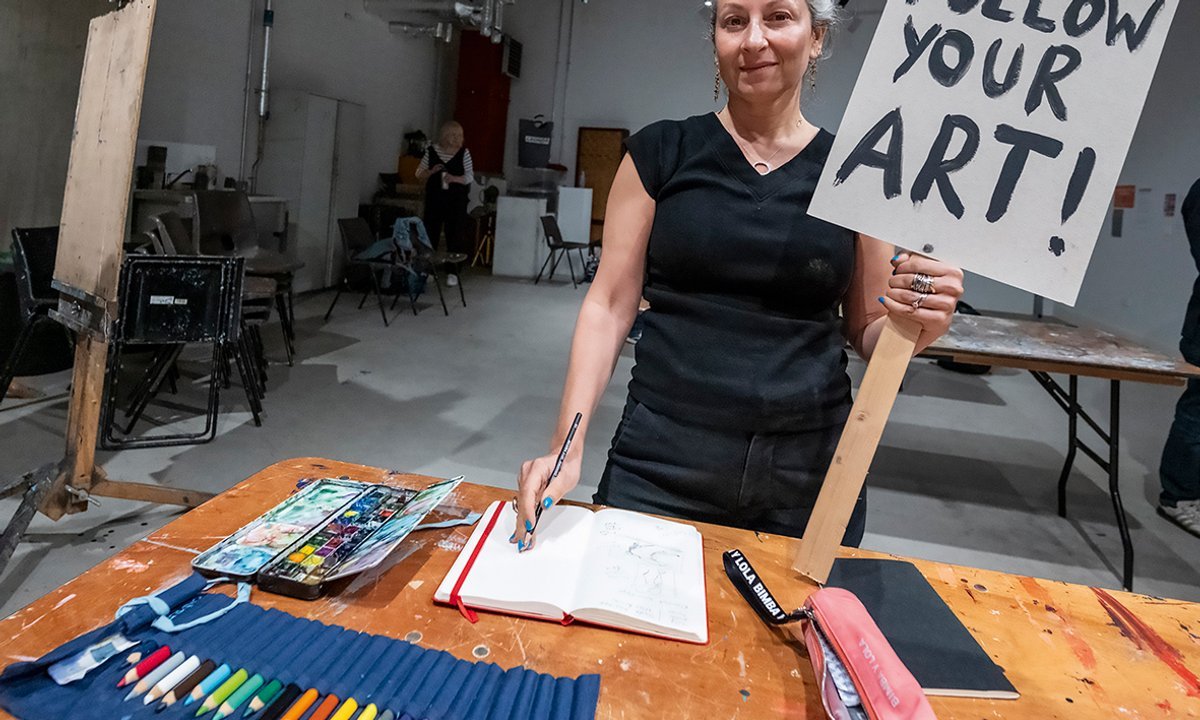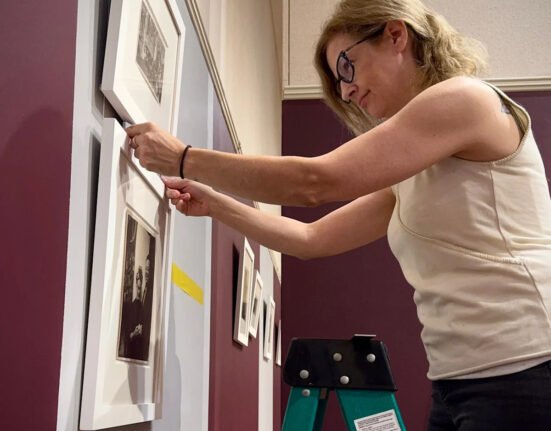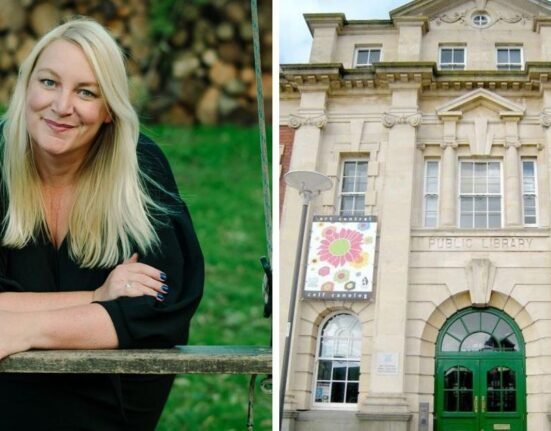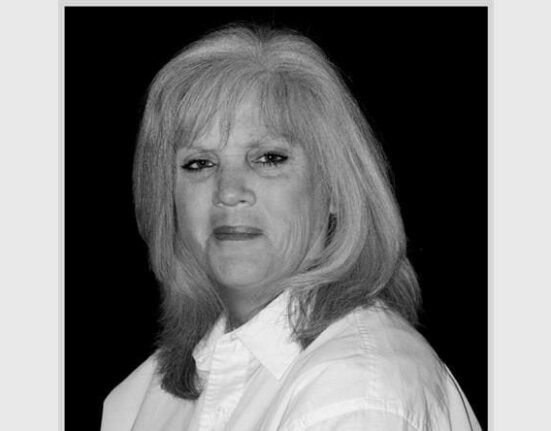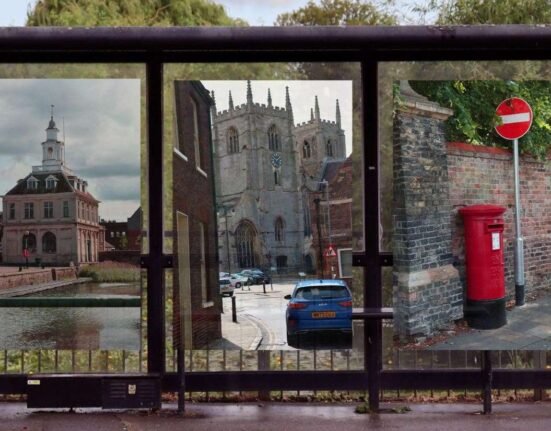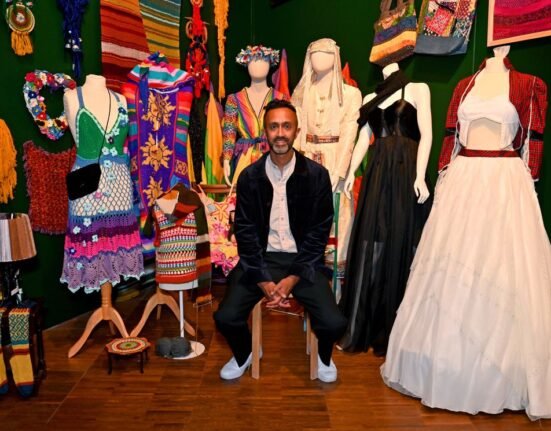The Art Academy this week celebrates the opening of a sparkling new campus on London’s Bankside. The art school, founded in 2000, has built a name for itself with its vast range of evening and short courses while also running higher-education courses, including a Fine Art Foundation and a BA. Its move, to right by Tate Modern, marks a step change and underlines that its community-minded spirit brings something different to the capital. Its students are atypical, ranging from 18 to 88, with the aim, says its principal, Rob Pepper, “to create an art school that is a resource, part of the local community, not just here to teach 19 students”.
I became a trustee of the charitable organisation in 2016 and admit I was partly attracted by the old-school, rough-around-the-edges feel of this artist-led organisation. But, as Pepper acknowledges, quaint floorboards and wobbly heating systems don’t make for a sustainable educational offering. “Trying to run an art school in London is really tough, even harder if you don’t have a long-term building that is equality compliant,” he says. Such access is now (rightly) a legal requirement, while for a school that prides itself on being for anyone and everyone—its motto is “this is your art school”—it is also part of its DNA.
It has not been easy. Pepper, one of the many professional artists on the academy’s roster, has spent five years getting to what he describes as the second stage of four. He has shouldered the impact of Brexit on overseas student recruitment, a pandemic and related questions about the value of education. Art and art history feel particularly vulnerable to these as the UK’s national curriculum focuses elsewhere.
Add to this a 2023 report called Structurally F-cked, by Industria and a-n The Artists Information Company, which found the median hourly pay for artists in the UK to be £2.60, and the offering becomes challenged on both sides of the equation. Why, as was asked at last month’s Art Business Conference, would anyone encourage their children to study art?
It seems topsy-turvy, in a month when the art world is dominated by commercial activity, that people are willing to spend thousands of pounds and more on an end-product but seem to have forgotten how it exists in the first place.
This is not to say that Pepper and the academy haven’t been supported. They’ve had some private gifts, donations of art and experiences for fundraisers, a chunk from the building’s developers, a bit of grant funding, plus bank and private loans. The broadcaster Natasha Kaplinsky has added some glamour and clout to the fundraising efforts, and the total raised so far is more than £2m—but it still needs at least £1m to get to the third phase of having some reserves while supporting normal running costs.
These are not to be sniffed at either. The academy prides itself on a low student-to-tutor ratio rate and plenty of time in the studio. Life drawing remains core, which is not the case at many other art schools any more, and the academy is, Pepper believes, one of the biggest employers of artists’ models in the country (they spend about £80,000 a year).
He knows though that constant calls on private generosity are not the way forward, particularly as these are getting louder and not just in the cultural sector. Pepper is conscious too not to overcharge the thousands of students who do part-time courses, particularly as the sell is harder in a work-from-home environment.
New revenue streams
Instead, the new building opens up alternative revenue-producing possibilities, such as renting out its good looking, 2,000 sq. ft ground-floor gallery as an event and exhibition space. For its academic intake, applying for Office for Students regulatory qualification enables more options for overseas students.
Frances Morris, a staunch supporter while she was the director of Tate Modern and since, says that Pepper and his team have “taken the art school model, which has in many ways become tired and conventional” to “create something with enormous potential for lifelong learning that is open and inclusive”.
I have lost count of the number of people in the art market who are telling me that now, more than ever, people need art as a refuge for the soul. It’s a cute and almost convincing line when the economic environment is bleak but seemed more earnestly expressed by some of The Art Academy’s students at its ribbon-cutting ceremony last month. Many, whether 18 or 88, marched from the old building to the new, with a couple of rousing trumpeters, and banners reading, for example, “Follow Your Art”, “The World Needs Art”, “New St(Art)” and “Art for All”. I will be raising a glass to that this week.

